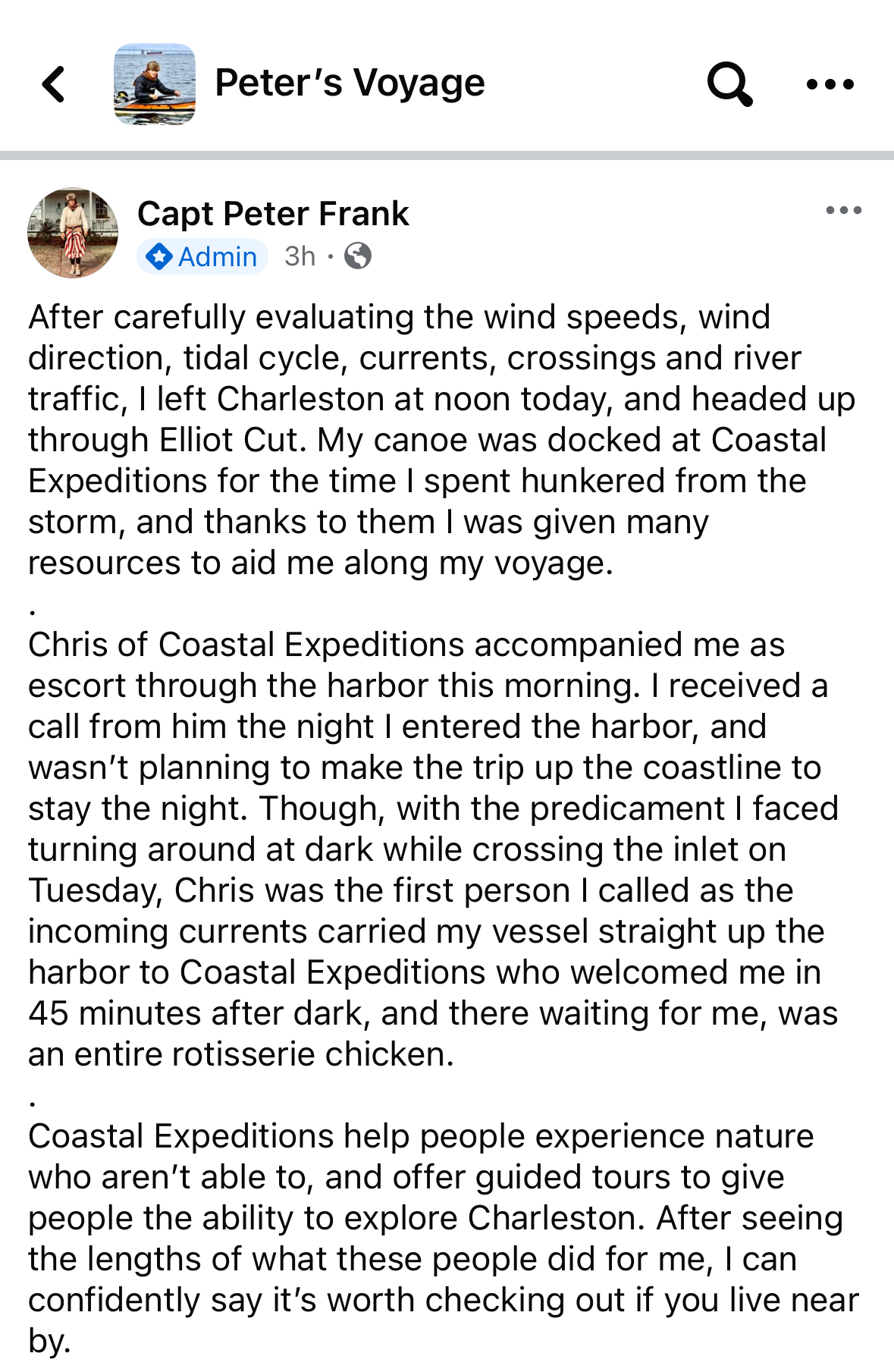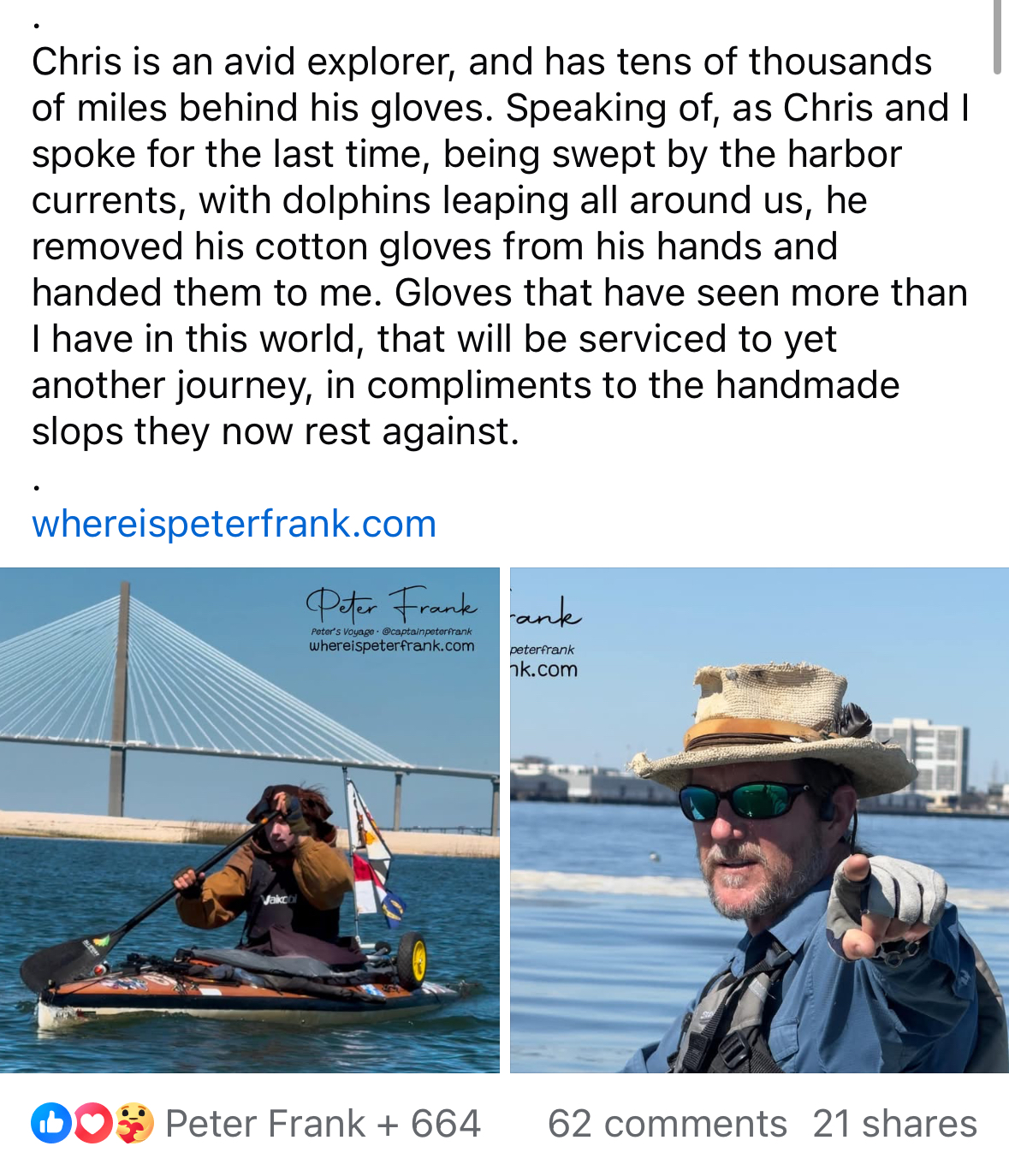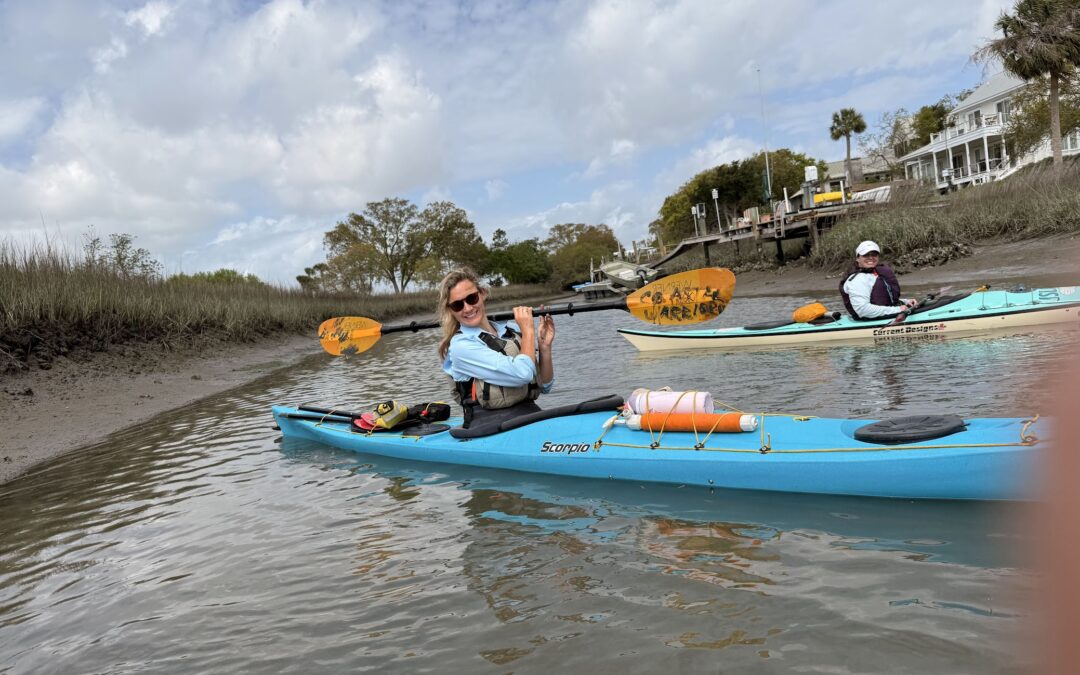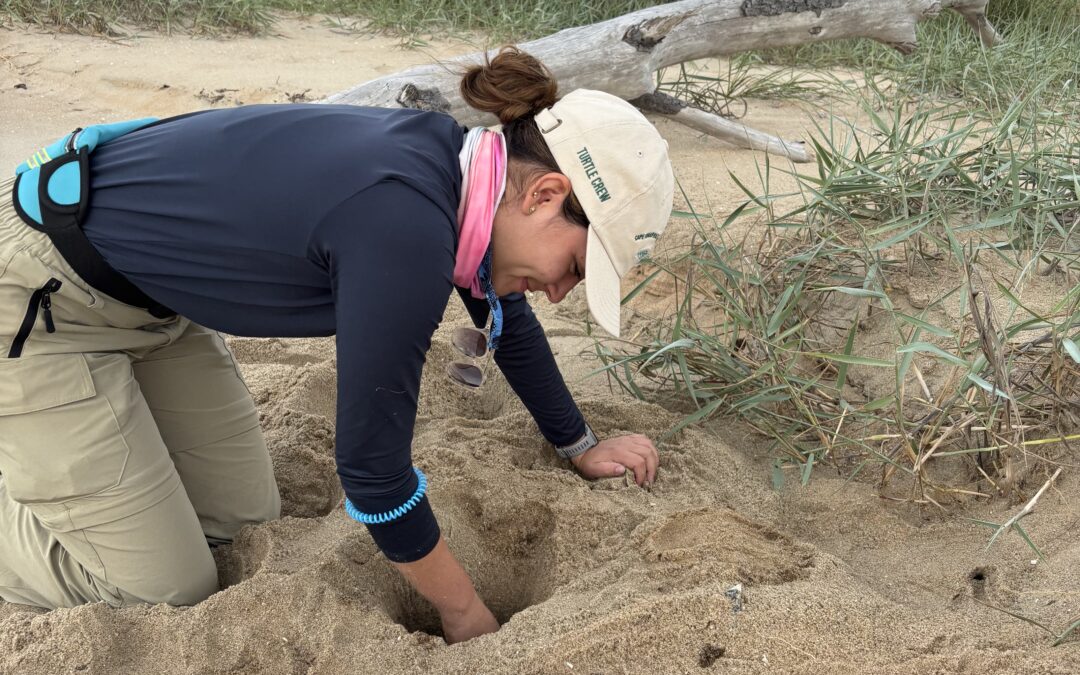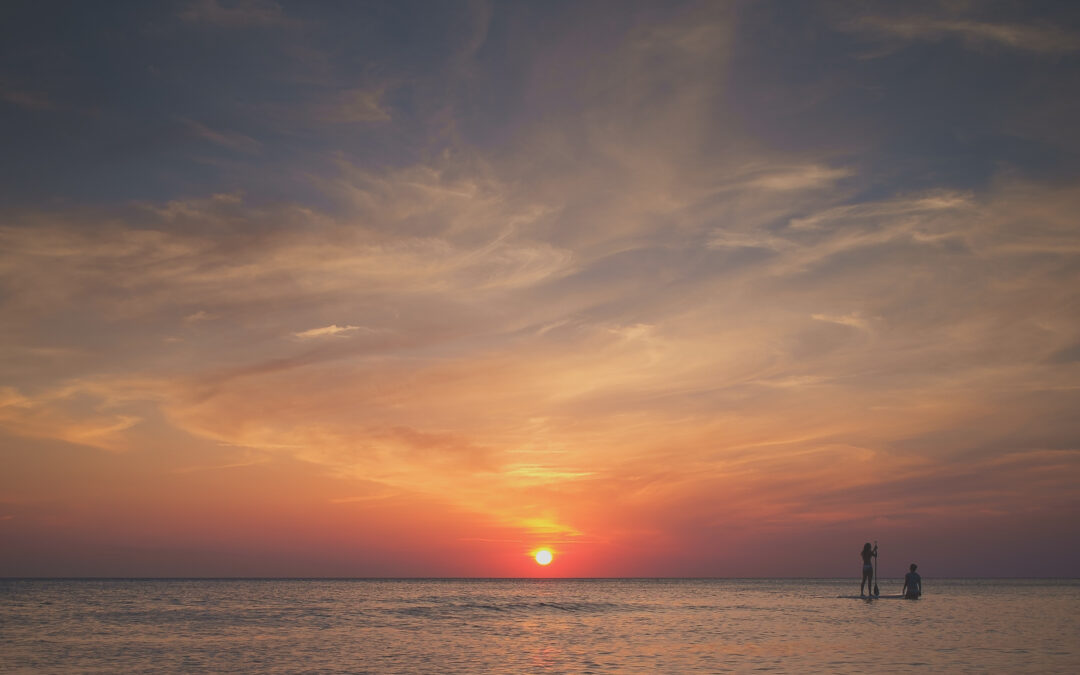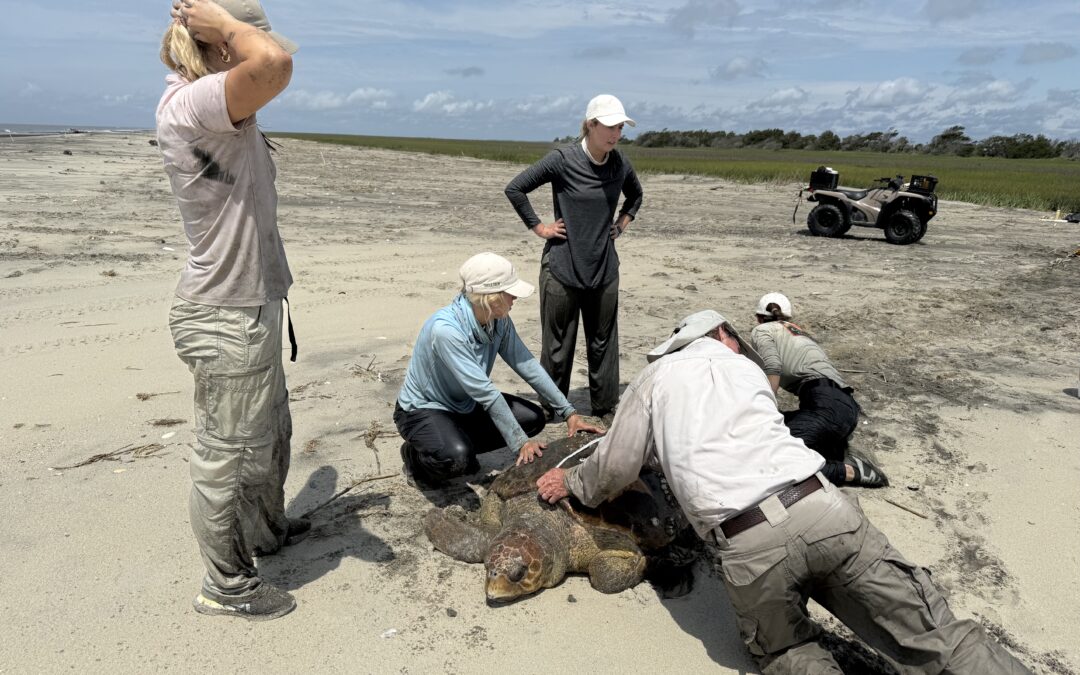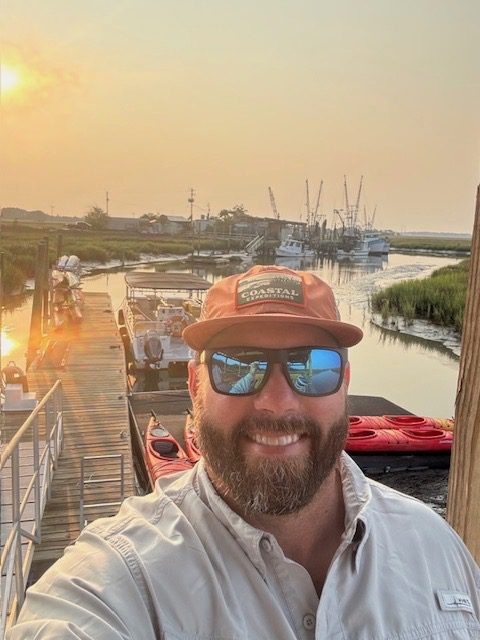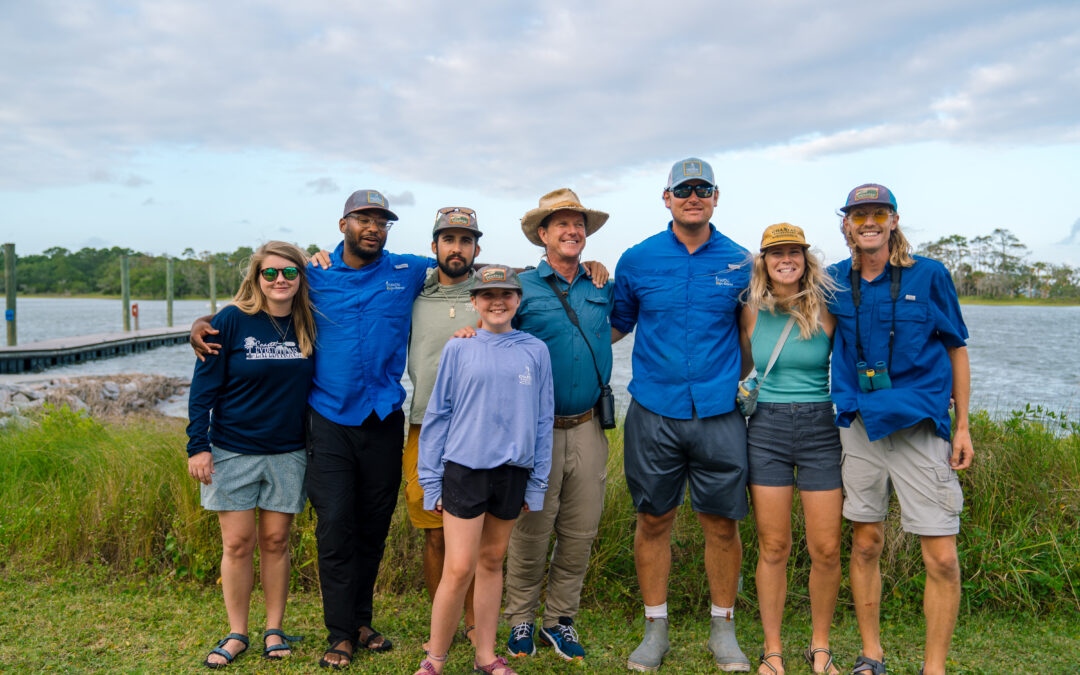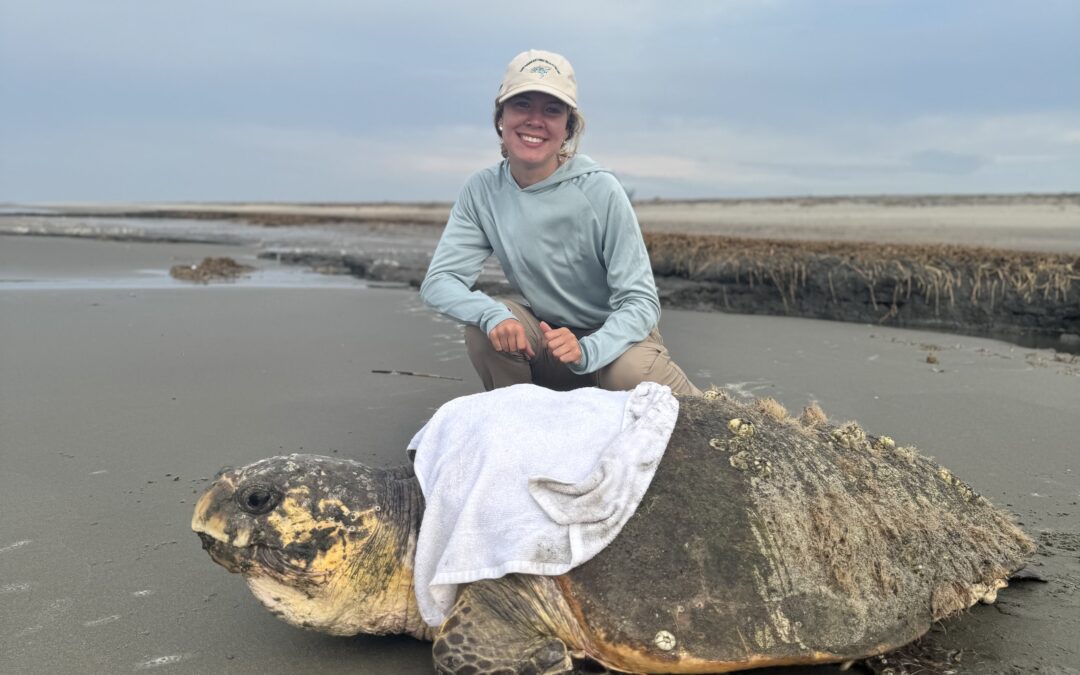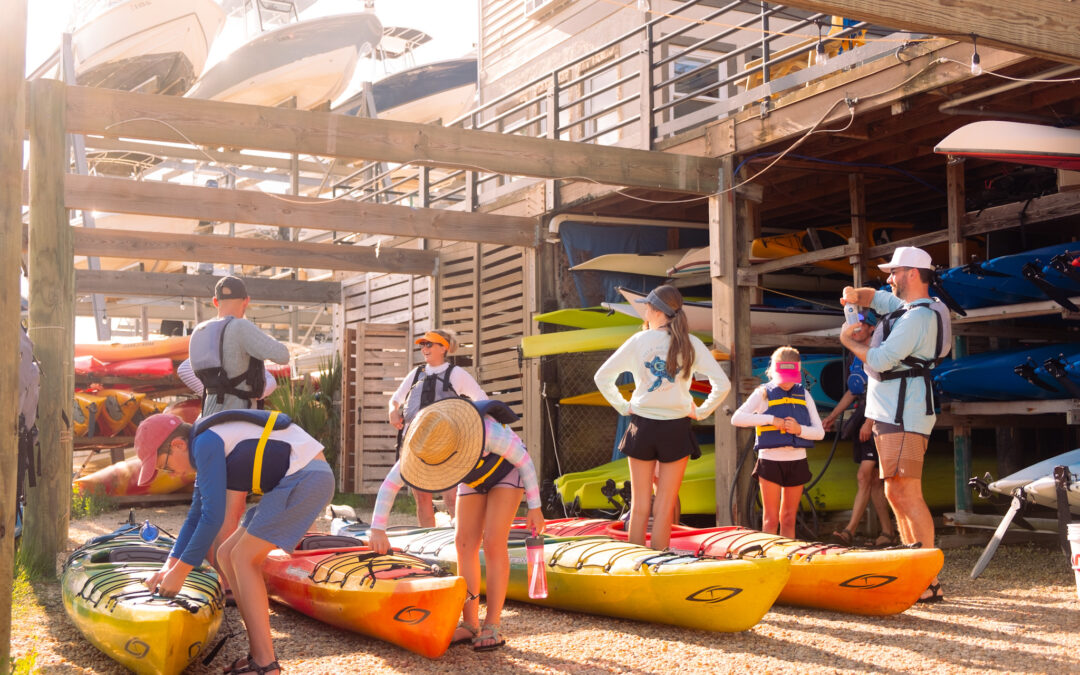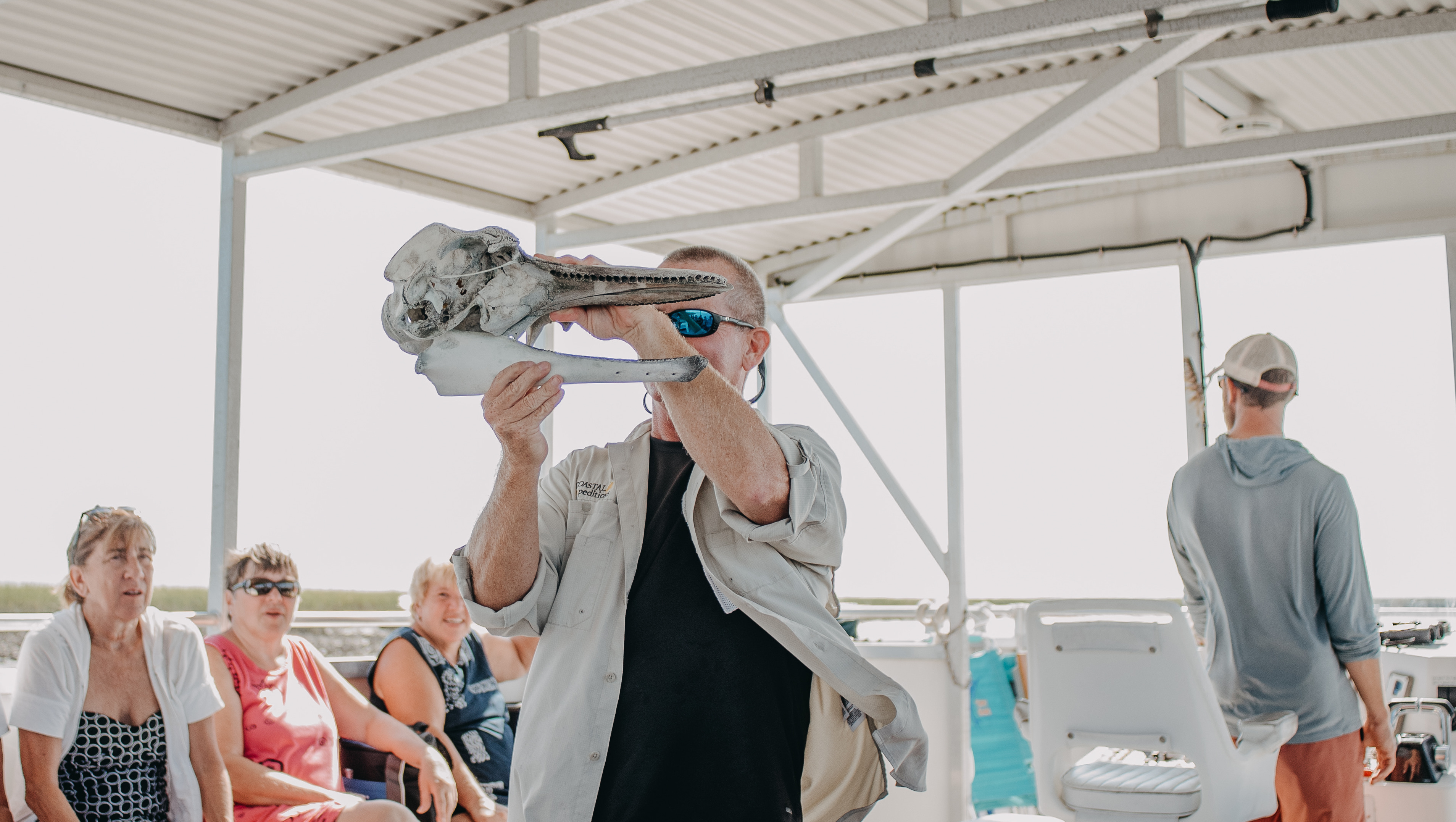GUIDEPOSTS
Peter Frank and the Purpose of Canoe Liveries
February 18, 2025
A modern-day livery got the chance to assist a real frontiersman and explorer
A PIRATE BLEW INTO TOWN
On Tuesday last week, it felt like everyone was sending us texts and Facebook messages and calling the office about this guy named Peter Frank that was kayaking down the coast, telling us he may need a place to sleep for the night.
I called the office to see what was going on, and let them know that if he wanted to camp at our Shem Creek outpost, he was welcome to do it. I didn’t know that Chris had already reached out to him and offered some paddling advice on how to cross Charleston Harbor.
That evening, Peter called Chris and said that the Harbor was too dangerous to cross in the current conditions and asked for a place to stay the night.
Capt. Connor met him after dark at our Shem Creek livery, a hot rotisserie chicken in hand, and opened up our upstairs office so he could have a warm place to sleep.
We still didn’t know much about him, but that night Chris and I read about his epic journey to canoe the 6000-mile Great Loop from the Canadian border on the Great Lakes, down the eastern seaboard to the Gulf of Mexico and up the Mississippi! It’s only been done in the clockwise route one other time because of the current direction. Who was this kid wearing pirate clothes?
ASSISTING A THRU-PADDLER
The next morning, Chris went into work and took our stowaway to breakfast (Peter burns about 8,000 calories a day) and got to know him. We extended an invitation to stay the night at our house, but he opted for just a hot shower and laundry. After that, we didn’t see Peter- except on Facebook and Instagram as he explored downtown Charleston- until his departure yesterday.
Around noon on February 17, Capt. Connor assisted Peter into the water, using a seal technique since his boat was heavy with gear. Chris then escorted Peter across Charleston Harbor, giving them one last chance to talk before he headed South. In true pirate fashion, before they parted Peter said something to Chris like “Come with me. All you have to do is forsake everything.”
All that to say, what I’ve thought about this week is how rare it is today to be able to function as a true canoe livery, offering shelter, food and guidance to help an explorer on their way. Chris has been kayaking and exploring this area for over 30 years and I can’t imagine that there was a better place for Peter to land last Tuesday. We are a tiny part of his expedition, but it was great to participate.
WHAT IS A CANOE LIVERY?
Coastal Expeditions is a modern-day livery, renting kayaks and providing guided tours for the purpose of outdoor recreation and ecotourism.
From the 1600s to early 1900s, canoe liveries were an important part of trade and westward expansion. And before that, Native Americans were using the rivers extensively for trading and hunting. In these earlier eras, canoe liveries along these routes became very important and offered crucial services:
- Canoe Building & Sales – Native American tribes and later French voyageurs constructed birchbark or dugout canoes, which they sold or traded to settlers, explorers, and traders.
- Guided River Travel – Indigenous guides assisted European explorers and traders in navigating waterways, portaging, and avoiding hazards.
- Portage Services – On major river routes with rapids or falls (e.g., around Niagara Falls or in the Great Lakes region), locals or voyageurs would carry canoes and cargo overland for a fee.
- Freight & Cargo Transport – Canoes were used to transport furs, supplies, and trade goods between trading posts, with some traders offering transportation services.
- Passenger Ferrying – Travelers without their own canoes could pay for passage across rivers or along key trade routes.
As we started moving West, these liveries adapted and started offering expedition support to explorers (e.g. Lewis & Clark) as they hired canoeists, guides and porters to navigate rivers. As settlements grew around liveries, some would offer hunting and fishing guide service. By the mid-to-late 1800s, steamboats and railroads replaced many canoe-based transport services, but recreational canoeing began emerging in the eastern U.S.
It wasn’t until the 1990s that liveries like Coastal Expeditions arrived, with the advent of fiberglass and rotomolded kayaks that made the sport accessible.
AN OPPORTUNITY
It was a pleasure for us to operate as a traditional canoe livery for Peter. I can only remember one other time that we’ve assisted an adventurer kayaking down the Eastern seaboard like this.
The work “remarkable” gets used a lot to describe him, and if you read about his life you’ll know why. Follow his adventure on his website (www.whereispeterfrank.com) and on Instagram and Facebook (he’s under a group page called Peter’s Voyage). I’ve included a recent Facebook post here:
